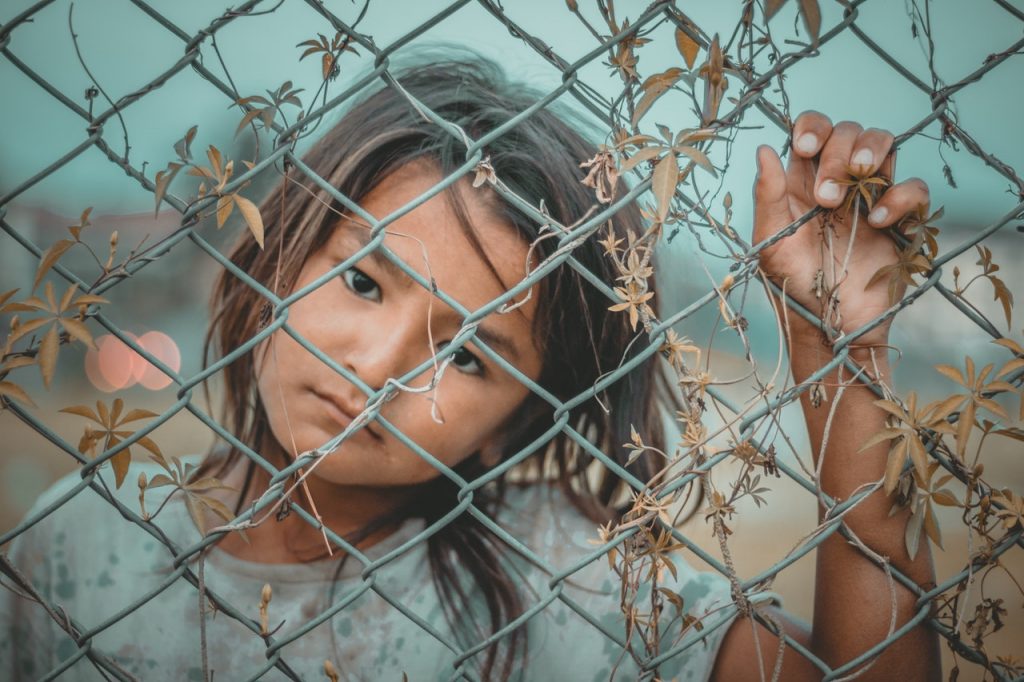When disasters strike, we’re struck by images of children who were affected by them. All over the news, we see images of children trying to swim through floods. We see them clutching their prized possessions after fires turned their homes into ashes. Their faces were covered in soot and dust after earthquakes turned their schools into a pile of rubble.
After seeing such images, we’re struck by the need to help them. We want to turn things back to normal for them. We start looking into the best ways to open a daycare business. This is to feel a sense of normalcy with fellow children while their parents deal with the damage. We gather all of the food and other necessities to donate to them so that they’re warm and fed.
Luckily, many nonprofit organizations across the United States focus on supporting children after disasters strike. Even if we can’t physically be with the children, social sector professionals and volunteers look after them.
Brethren Disaster Ministries
Since 1941, during World War II, the Brethren Disaster Ministries (BDM) were established. Driven by their Christian values, they are focusing on rebuilding communities after disasters strike. Through the years, they’ve built a network of volunteers who work together to rebuild homes and establishments to help people’s recovery.
In 1980, the BDM launched the Children’s Disaster Services. This program focuses on the safety and welfare of children after going through the traumatic experience of disasters. The BDM found that shelters and disaster assistance centers worldwide help keep people safe after their homes were destroyed. But such centers lack a place for children to uplift their spirits after losing their homes. Thus, the BDM started putting up child care areas in the centers. The volunteers of this program put together a “Kit of Comfort.” It’s filled with toys and art materials to keep the children occupied and happy in the centers.
Save the Children
Save the Children is one of the oldest nonprofit organizations in the country. It’s been supporting children through disasters and other challenges for more than 100 years now. When disaster strikes communities, they’re among the first people to be on the ground to assist people. Save the Children is adept at addressing issues in health, education, and protection. But their robust program on emergency response has been deeply impactful.
They’ve been supporting children through every major crisis since World War I. They reached more than 10.6 million children in 2019 alone. They’re one of the leading responders to the Yemen Crisis. This crisis has been causing massive deaths of children because of starvation. They’re also working with war-torn communities in Syria, helping child refugees stay safe amid the armed conflict. They’ve also been helping the children who are caught in the U.S. border crisis. These children are especially vulnerable because they’re separated from their families in different countries.

National Child Traumatic Stress Network
Donating food and other necessities is essential when disasters strike communities. Making sure that there are enough doctors and other health workers to treat the survivors is also crucial. But these aren’t the only things that children need. Hunger and physical trauma aren’t the only challenges that they have to face. They also have to deal with the mental trauma that their experience has caused them.
This was why the National Child Traumatic Stress Network (NCTSN) was created in 2000. It was established by the U.S. government and was part of the Children’s Health Act. This act is dedicated to improving care standards for children who went through traumatic experiences such as disasters. The NCTSN put up health service centers in communities in need. They’ve also published and disseminated resource materials to inform more people on how to cope with mental health issues after surviving disasters.
Apart from that, they’ve also conducted education programs for health workers and volunteers. Through this training, they train people how to help those in need to work through their trauma. Again, this is so that children will be able to overcome any psychological effects caused by their experiences with disasters.
When communities go through traumatic experiences together, all we want to do is help them survive. So we do what we can by donating food, assisting in the distribution, and other helpful activities. But knowing the organizations that specialize in such activities would also help. This way, we know who to reach out to when we want to help, even if we can’t physically be in the communities in need.

